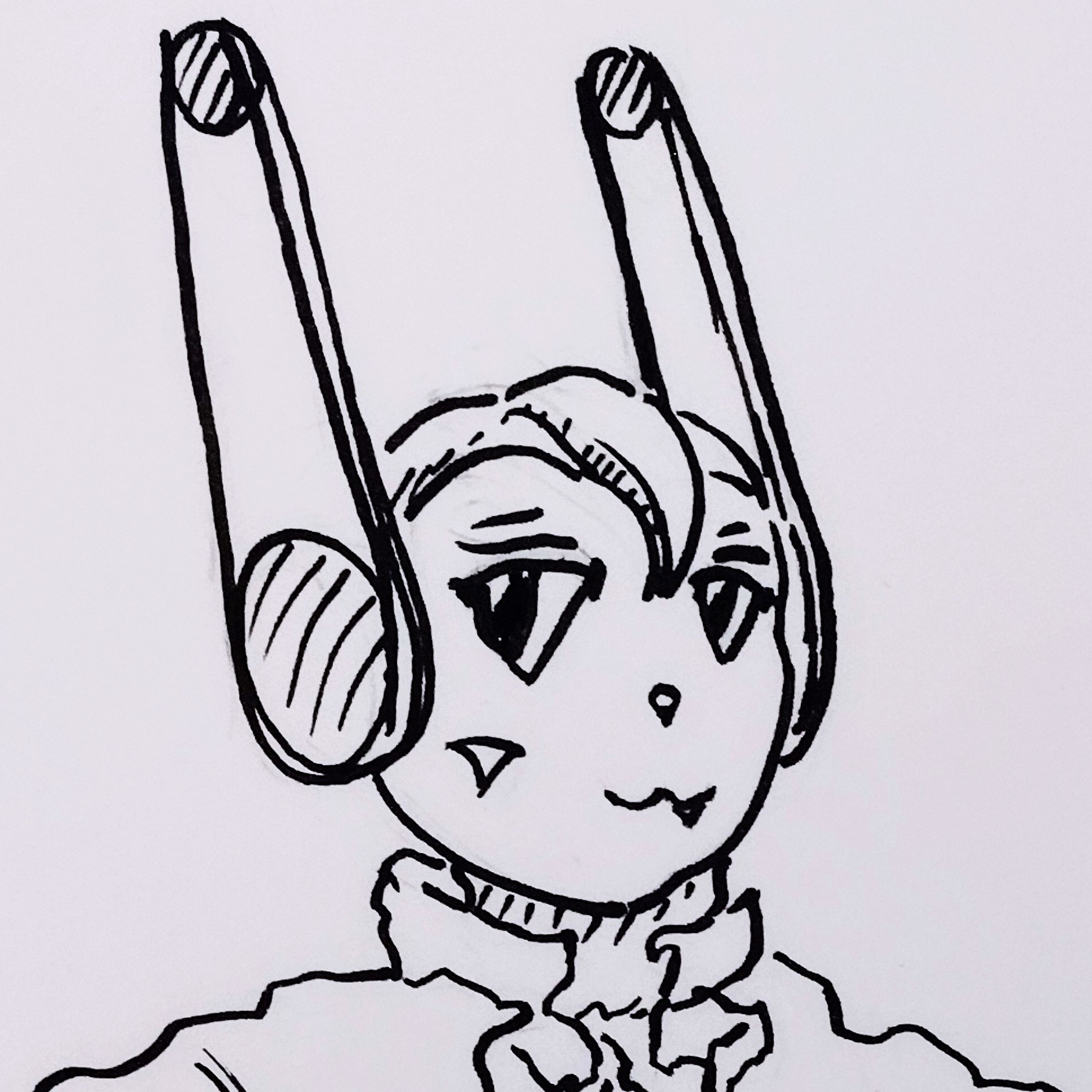

Eugen is not the person I would trust for good judgment on this because his agenda has always been user growth-centric, so a Fediverse that resembles Facebook would just be a “yay” moment for him - either way he can still end up with a career by leveraging his role with ActivityPub.
That said, I don’t believe EEE works here, because AP evolved in an environment that already had to compete like-for-like with corporate options. You’ll still log in for the rest of the fediverse if it brings you better content than Threads…
…and it has an edge on that, because these spaces are not designed around herding around industrial quantities of users. They have a natural size at which moderators shrug and close the gates if a big instance is too troublesome, because it hurts the quality of the experience for their own users. This peeves instance admins who want the power fantasy of “owning” a lot of low-quality users, but it also basically guarantees defederation with corporate social, because it’s never been able to handle its own moderation problem other than in a “pass-the-buck” way.


I’ve become comfortable with saying, “it’s not worth it being normal”, and thus am ok with the normie tag, even if I don’t want to turn it into a slur. Normal is a form of social construct that tends to be imposed on us: it’s when the teacher enters the classroom and the class sits down and shuts up, not because they explicitly agreed to, but because it was normalized. There isn’t anything in particular suggesting that normal = good.
And that does have an elitist ring to it, which does upset the goal of equitable outcomes in some ways. There are certain philosophies in which a premise of elitism is assumed, as in, some people just won’t be able to access the necessary understanding to participate, so it’s better to have a gate than to let anyone wander through. This is the view of Leo Strauss and followers - for a really detailed explanation try Arthur Melzer’s book Philosophy Between the Lines.
Even if you don’t read that book(it’s a good book), I would make the case in this way: it’s the difference between online gaming that uses automatic matchmaking, versus a martial arts dojo. Online gaming and toxicity correlate because there is no lower bar on who can play, so all sessions are pushed to the lowest common denominator of cheating, griefing, etc. But someone who participates in martial arts like a gamer gets kicked out of the gym, if the standards are high: an instructor who values students does not let them attempt to eyegouge each other or slam their head on the mat.
Occasionally someone like that will sign up for a tournament, commit an illegal move in the first round, and get themselves disqualified. But they can leave their opponent seriously injured in the process, and maybe end a career. So the standards tend to condition a degree of gatekeeping, respect for others, etc. Not every gym does well at this, and some styles like boxing have a norm of “hard sparring” where full-contact is trained and damage is expected. But predominantly the focus is on getting the techniques and training without destroying yourself or others.
And I do liken the idea of complete access to, essentially, allowing dirty street brawls to be the only kind of sparring, the only way in which you can interact online with strangers.
Martial artists also sometimes use the normie term. They will say it outright: you have to be a weirdo to spend so much time getting beat up and choked out. We can have a gate and still be tough on ourselves to do better.